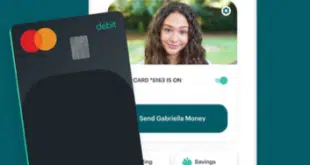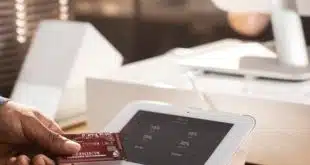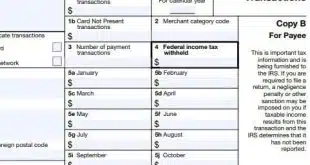With more and more consumers getting accustomed to shopping online and on mobile devices, merchants are losing more and more sales to checkout abandonment.
“Conversion rates aren’t where we’d like to see them,” said Joe Walent, a senior analyst at Mercator Advisory Group, a payments consultancy.
Walent, who spoke Tuesday at the CNP Expo trade show in Orlando, Fla., estimated conversion rates for e-commerce and m-commerce overall are in the single digits, and as low as 2% or less for mobile-phone transactions viewed in isolation. Yet as soon as next year, more than half of all so-called digital buyers are expected to perform at least one transaction on a phone rather than a laptop or tablet computer, up from 45.6% in 2015, according to researcher eMarketer.
A panel Walent moderated offered its audience of e-commerce merchants a number of potential solutions for the problem, though there is “no silver bullet,” warned panel member Scott Fitzgerald, a senior vice president at BlueSnap, a company that specializes in conversion solutions for mobile and online commerce.
Panel members advised merchants to start by examining how their sites handle currencies, payment methods, and language. Fitzgerald distinguished between cart abandonment, which he said is caused by problems shoppers have with products, and checkout abandonment, which is caused by payment problems. “Just by not having the right, or preferred, payment method, you’ve lost a customer,” observed panelist Rob Marriott, business development manager at Ingenico ePayments, the terminal maker’s e-commerce unit.
Likewise, foreign buyers are lost through the site’s failure to offer versions in the buyer’s local language or to accept payments in his or her local currency. “I would urge you to at least do tests on currencies,” said Fitzgerald. “Don’t save the 1% [currency-conversion fee] and lose the 40%” who might otherwise have completed the transaction. “You don’t want to leave sales on the table because you don’t want to pay the [foreign-exchange] fees.”
Panel members agreed sites can’t offer all available payment methods, but should be as inclusive as possible. “The rule of thumb we use is, if the payment method has above 5% market share, we’ll integrate it,” said panel member Colin Luce, head of sales and business development for Klarna, a Swedish processor that began U.S. operations last year.
The panelists also advised the audience to re-examine the way their checkout pages are designed and to re-think the so-called guest checkout option. “You probably spend a lot of time on your home page. I would suggest you spend as much time on your checkout page,” said Fitzgerald. “It’s where you’re going to make money. Is every one of those fields required? Do you need a full shipping address or just a Zip Code?” Here, the advent of mobile wallets with single-touch checkouts will help, Fitzgerald and the other panelists agreed. “Wallets are going to be a huge opportunity to reduce friction,” he said. “In some ways, they’ll eliminate friction completely.”
As for guest checkout, the panelists argued merchants make a mistake when they drop this option, requiring all shoppers to log in. Merchants should allow the option for mobile checkouts at the least, the panel said.
But perhaps the idea that could have the most impact on conversion rates is a payment option Klarna has offered in Europe and now offers in the U.S.: so-called pay after delivery. Consumers check out with Klarna and can opt to pay for the product as long as 14 days after taking delivery. The method mimics pay on invoice, which is familiar to consumers in the company’s home market.
“We think there’s a massive opportunity to use credit in the context of convenience,” said Luce. “If I can complete the transaction with just my Zip Code and pay in 14 days, that’s super powerful. We’ve found U.S. consumers have found a great use case for that.”
The method, however, demands what Luce called a “dynamic checkout experience” that can show the option to those who qualify as early in the process as possible, but also omit mention of it to those whose credit history disqualifies them.
Produced by CardNotPresent.com, the CNP Expo runs through Thursday.





